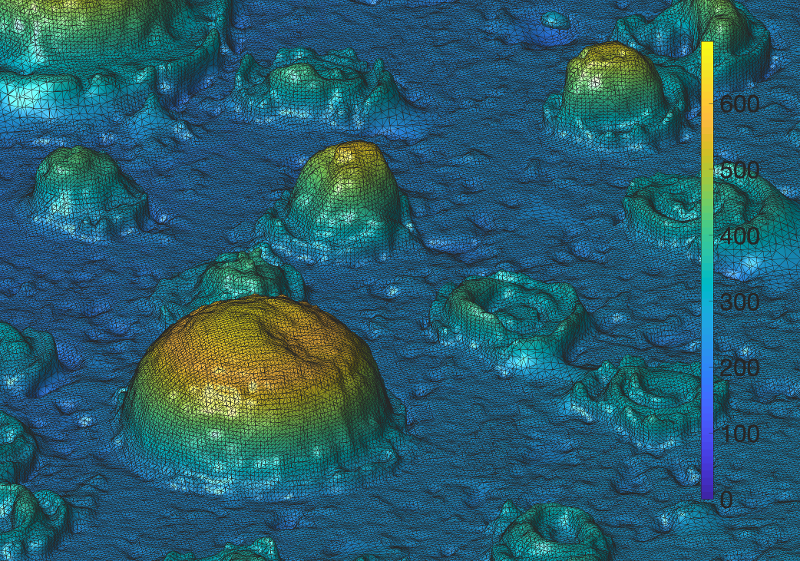Model human tongue copies topography
Nutritional, biomedical and clinical applications could benefit from a synthetic surface that mimics the human tongue.

By replicating the topography and wettability of a human tongue through 3D printing, scientists at the University of Leeds, UK, propose a device that could reduce human sensory trials for nutritional or medical treatments by offering an alternative sensitive screening platform.
The surface is made from a soft silicone material, EcoFlex 00-30, combined with a Span 80 surfactant. Anwesha Sarkar, Professor of Colloids and Surfaces at the School of Food Science & Nutrition at the University, explains that these materials were chosen so that the tongue is deformable and so able to reach optimal ‘contact pressure in the tribometer simulating oral pressures, as well as to create a wettable surface by the addition of the surfactant’.
She continues, ‘Silicone-based hydrophobic (negative) and alginate-based hydrophilic (negative) masks of the real tongue surfaces of 15 healthy adults were collected after ethics approval. Using 3D optical scanning and computational surface reconstructions, we created digital models of the tongue surface, and measured the average diameter, height of the two major types of papillae i.e. filiform and fungiform papillae and their distribution.
‘Using these measurements, we employed probabilistic modelling to design a master mould with the appropriate spatial distribution of these papillae and printed this master mould with a 3D printer. Then, we replica moulded to make soft, tongue-like surfaces out of a soft silicone material, with a surfactant added to match the wettability...Testing showed that the 3D biomimetic surface demonstrated similar frictional properties to an actual human tongue, and computational simulations showed similar mechanical sensing properties.’
To test it, the tongue forms the surface of the tribometer – which measures friction and lubrication. When foods or liquids are applied, friction between the tongue and a counter surface is measured to show the lubrication performance of the applied fluids. Sarkar explains that mimicking the architectural features, mechano-sensing and tribological performance of the tongue in this way will enhance understanding of how fluids interact inside the oral cavity.
‘Such frontier knowledge will open up possibilities to reduce significant proportions of human sensory studies that are time-consuming, expensive and prone to large variations. It will thus enable product developers to perform high-throughput objective screenings of innovative newly designed products and accelerate development process before going to the human tasters for final approval.’
Sarkar adds, ‘More importantly, this biomimetic tongue surface could serve as a unique mechanical tool for testing of dry mouth therapies before commencing clinical trials. It would also help to detect counterfeit in food and high-valued beverages based on textural attributes, which is a global concern and can help to ensure food safety.’ The device is currently being used to test novel dry mouth therapies and for mechanical testing of foods.
Sarkar concludes, ‘As an ongoing work, we are now combining machine learning and computational topology to create tongue models of diverse healthy and diseased individuals to address various oral conditions.’







